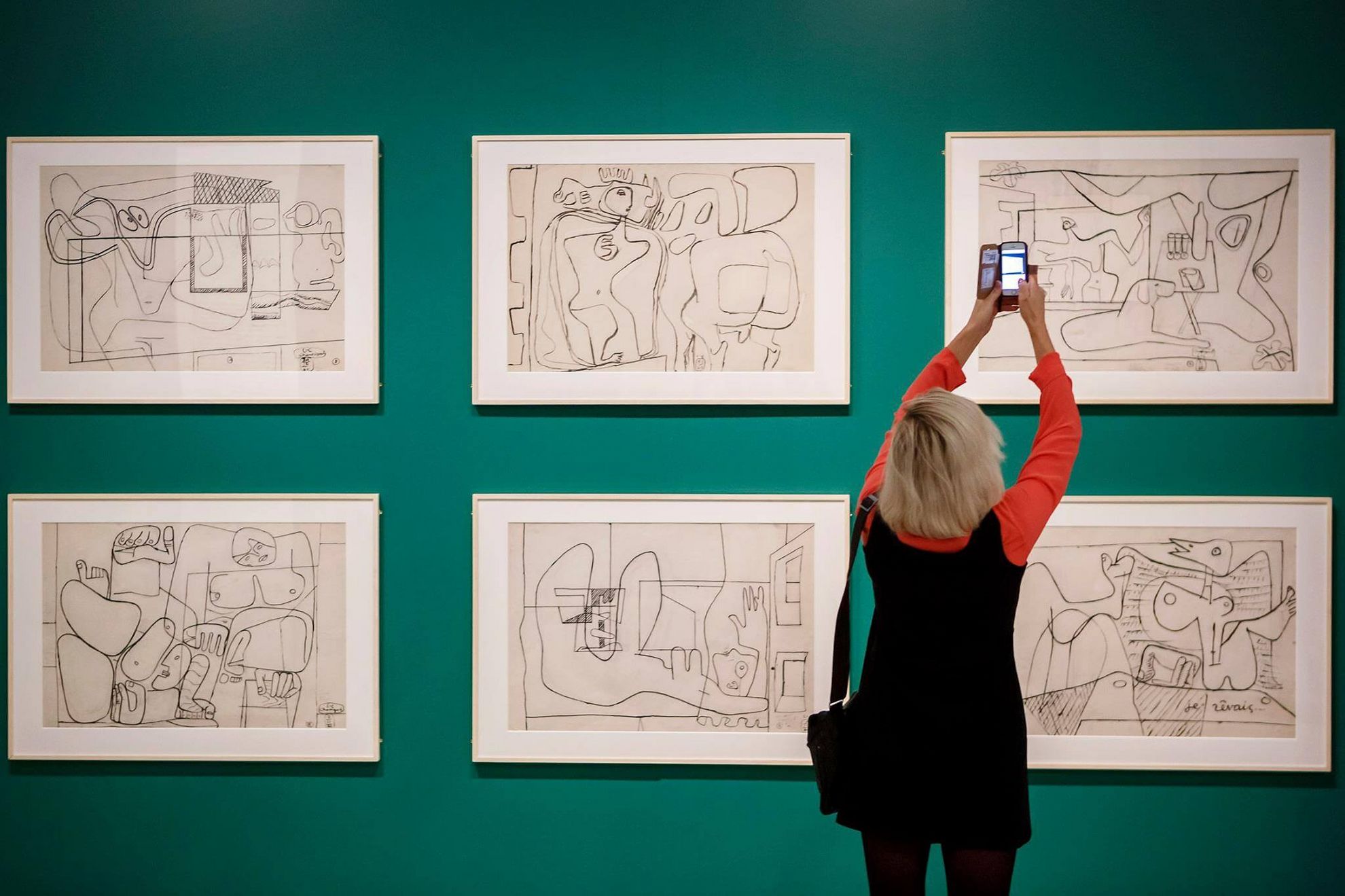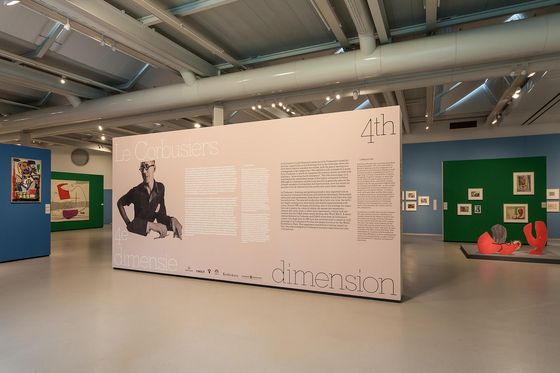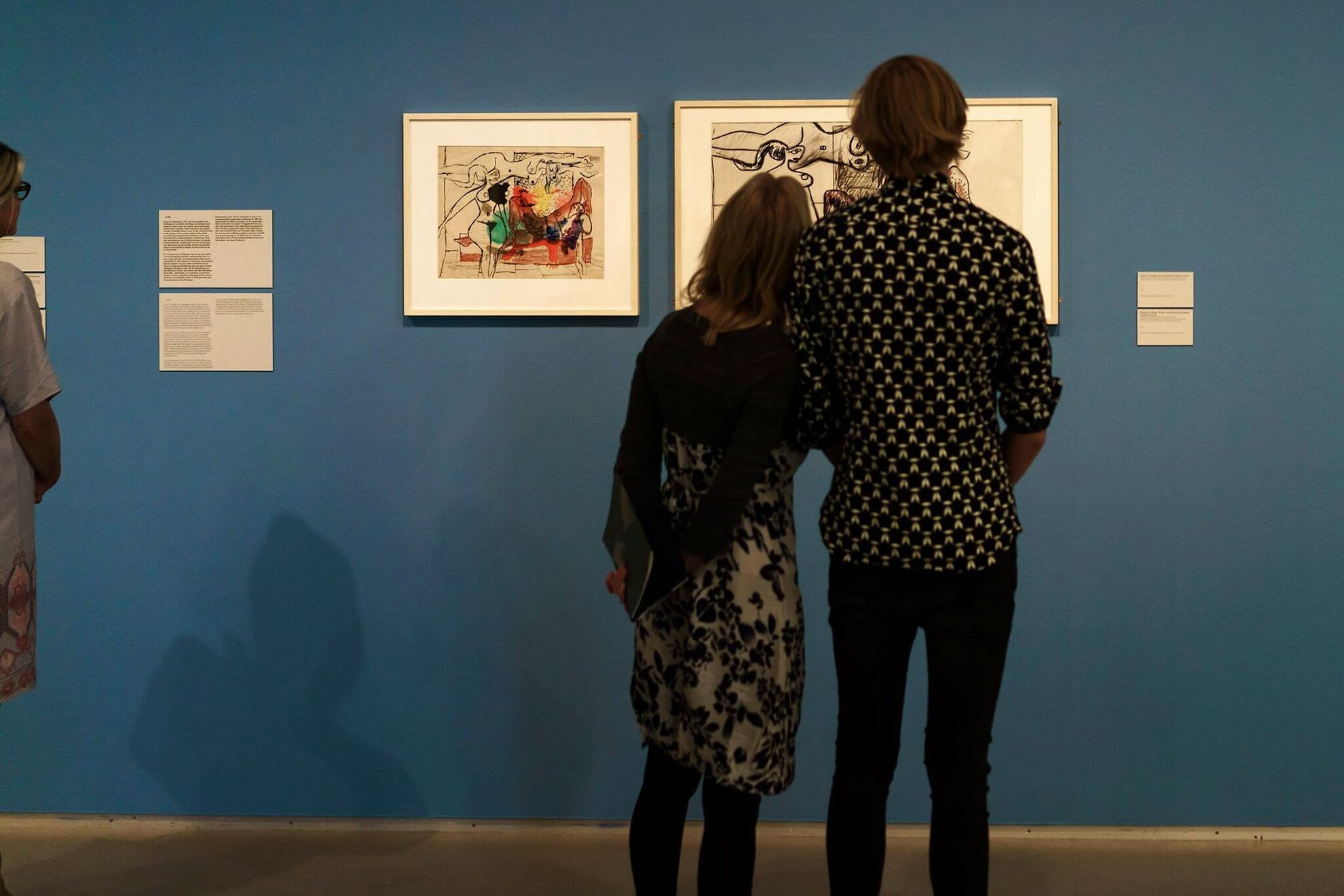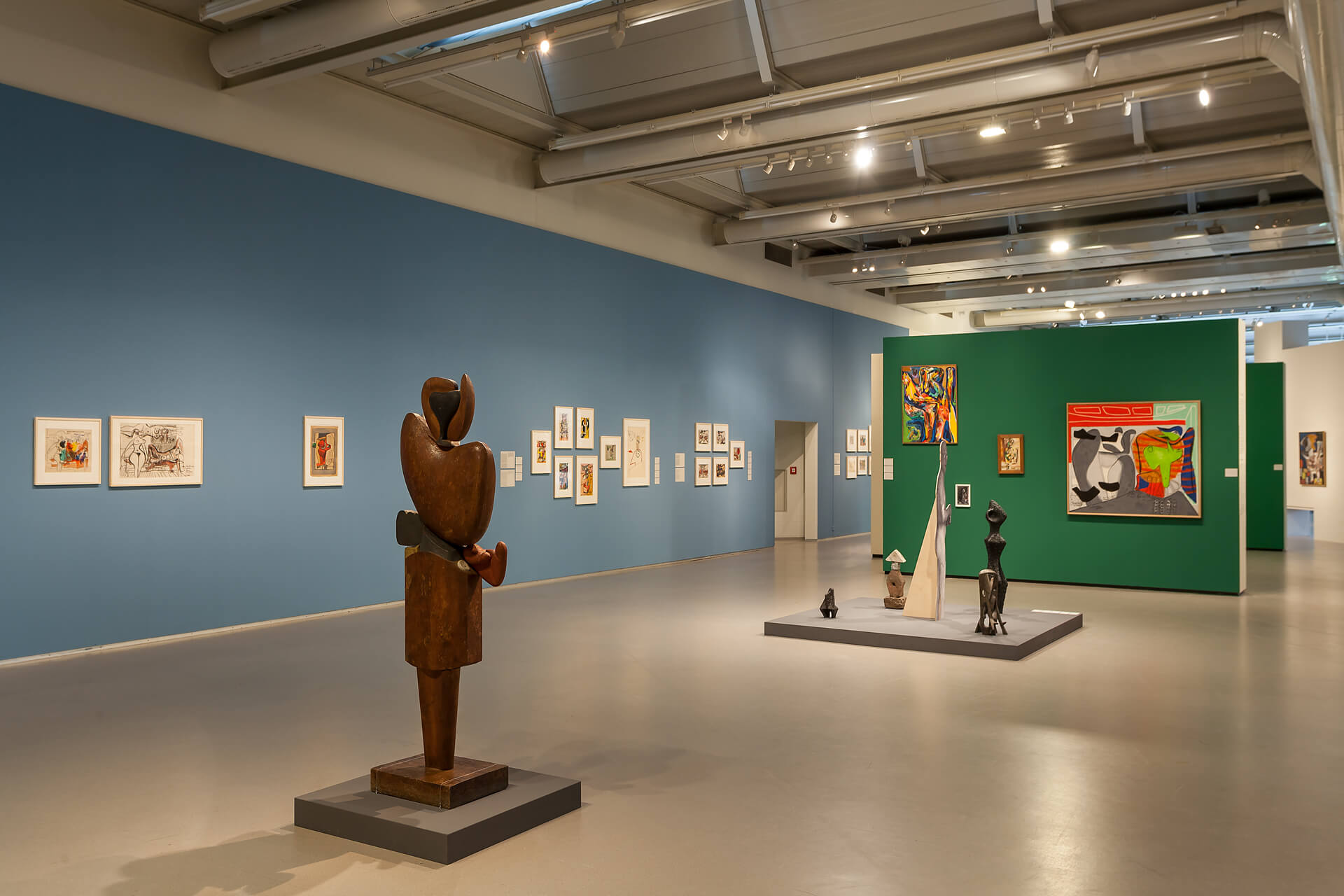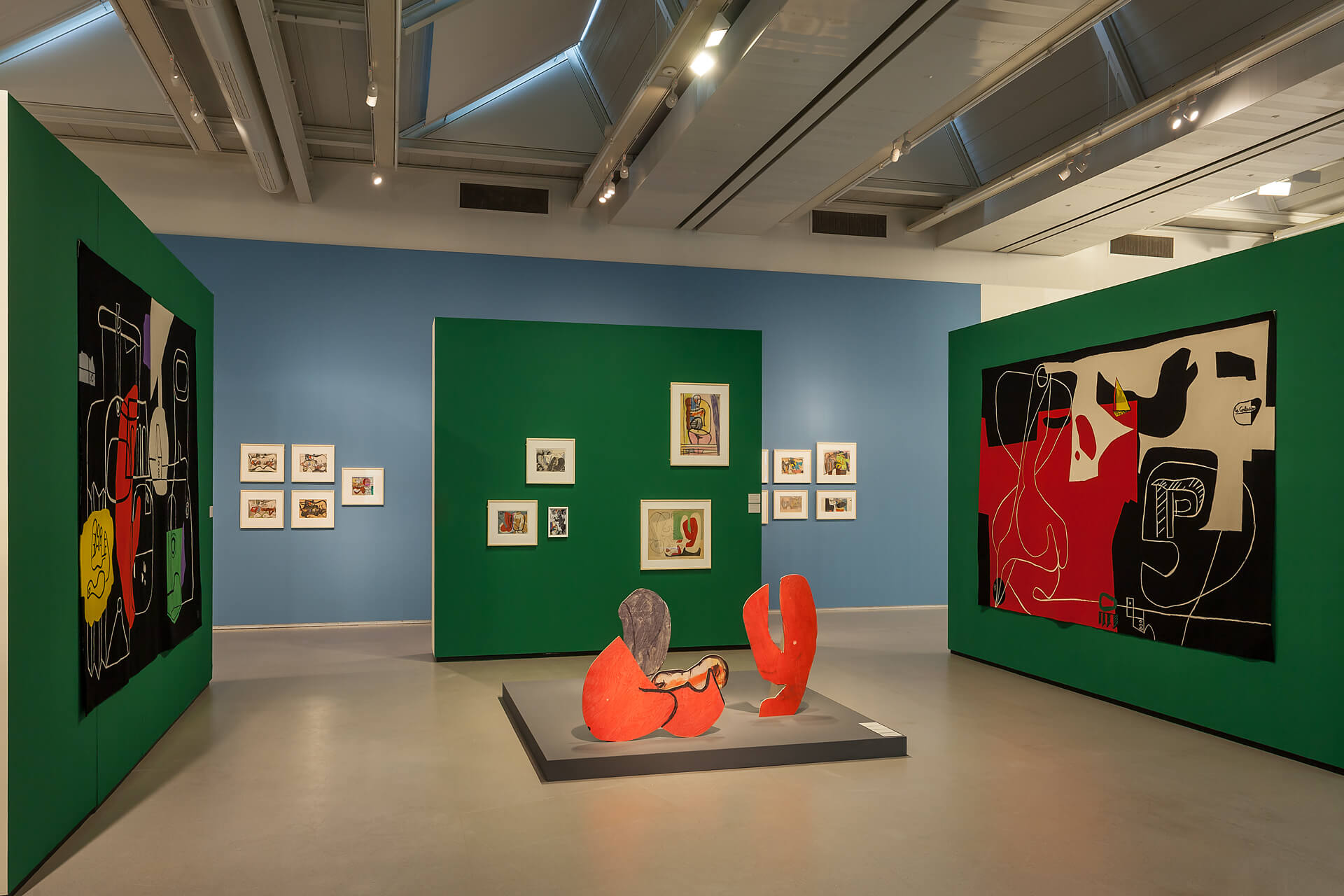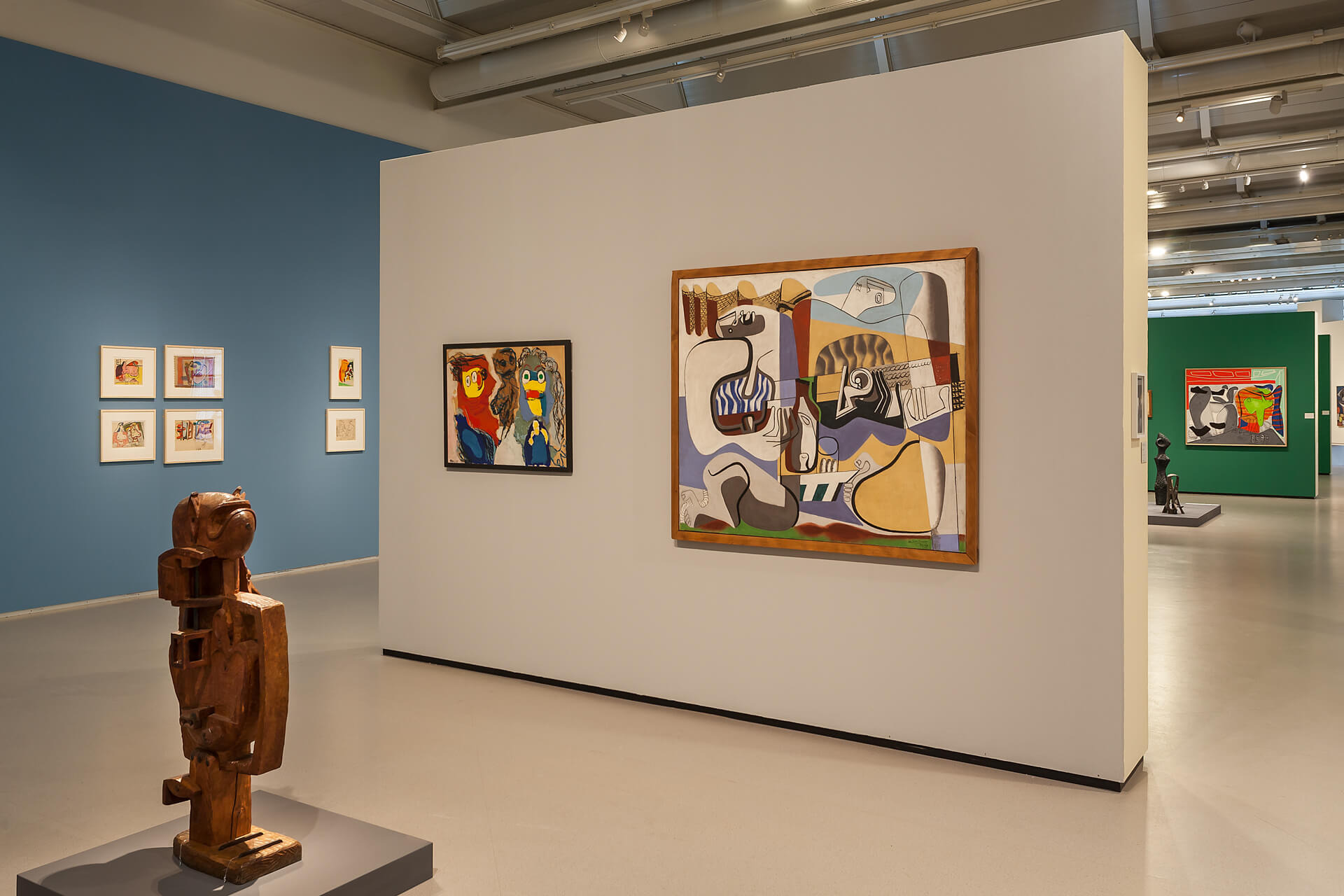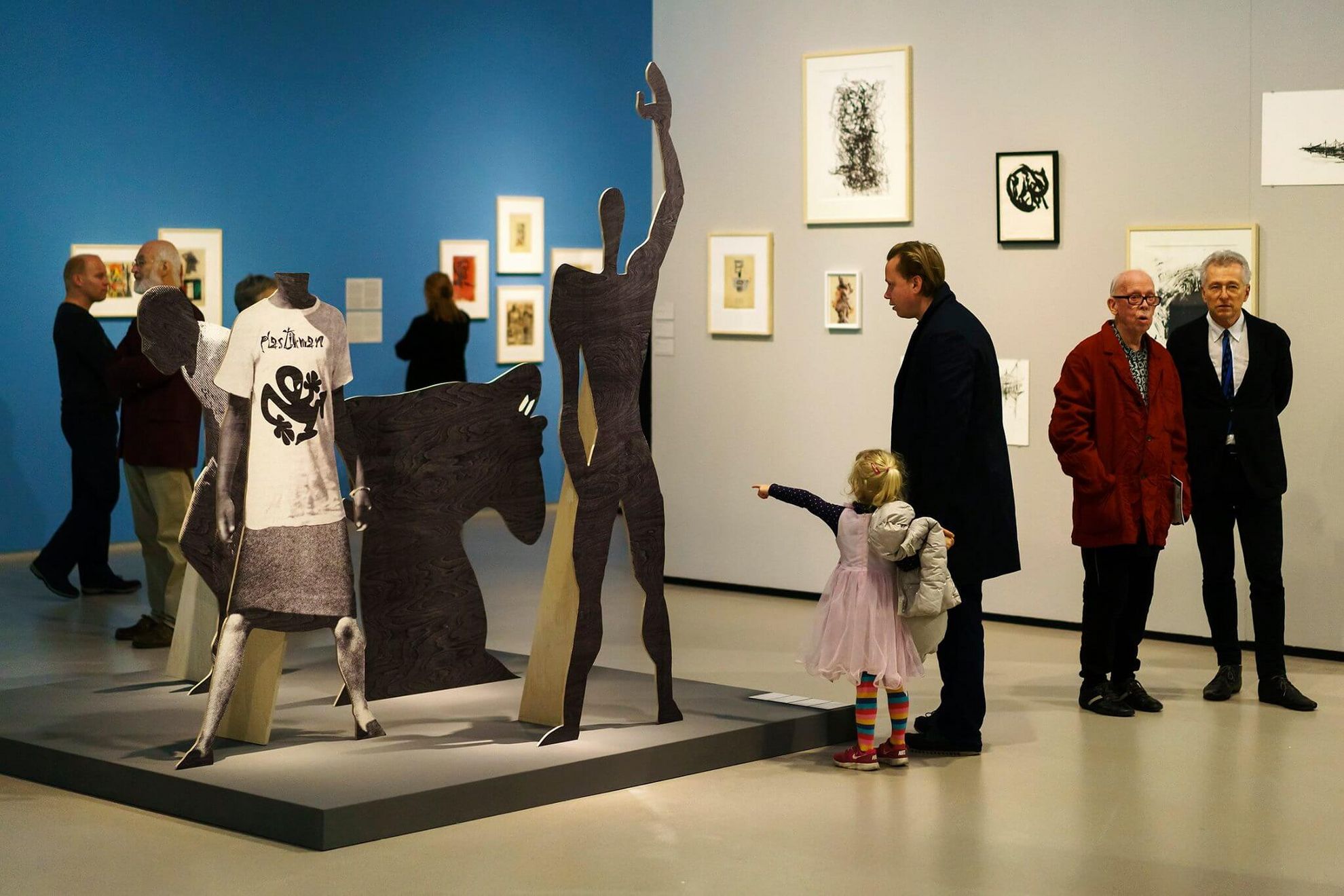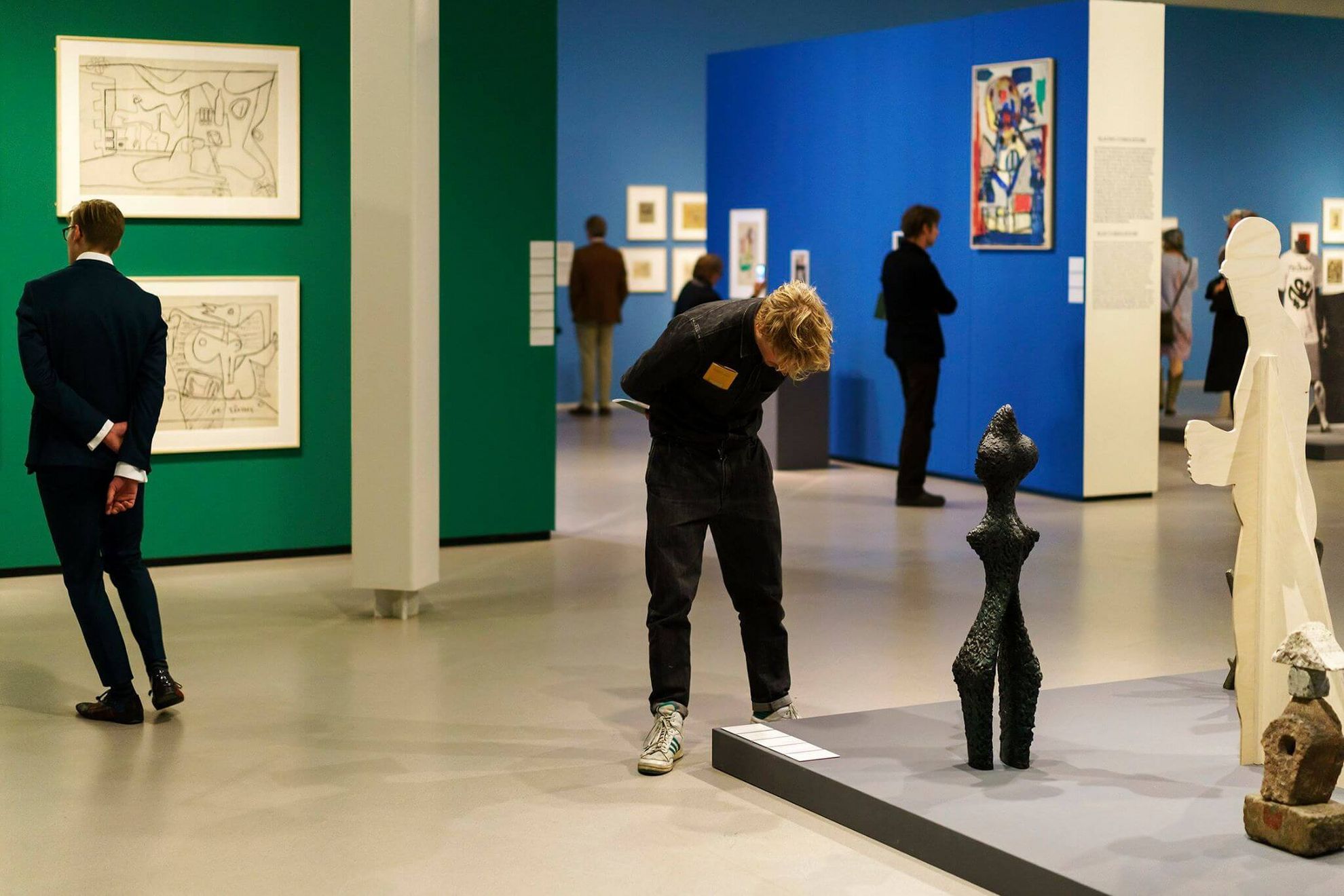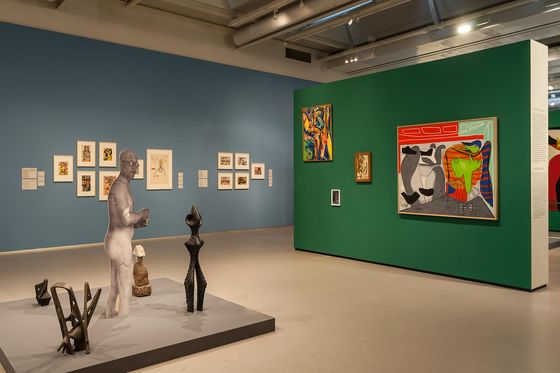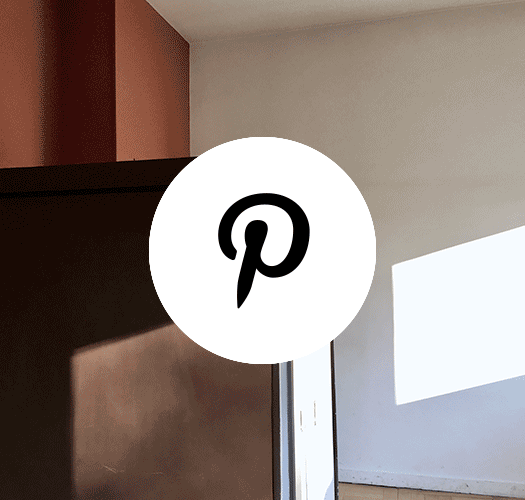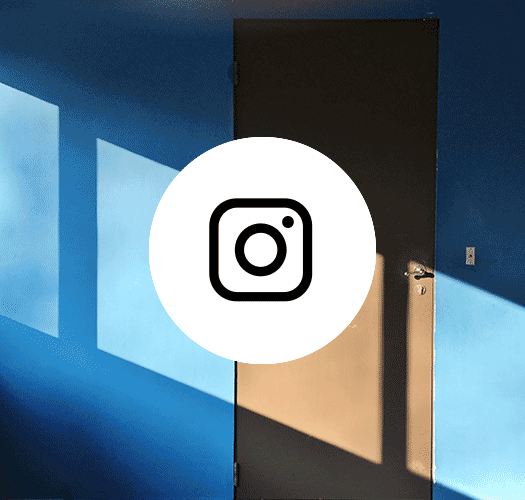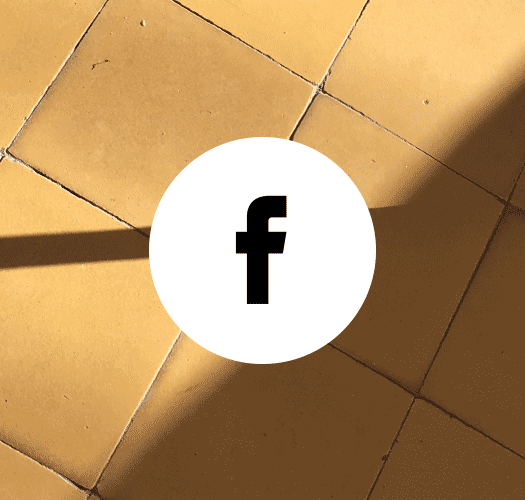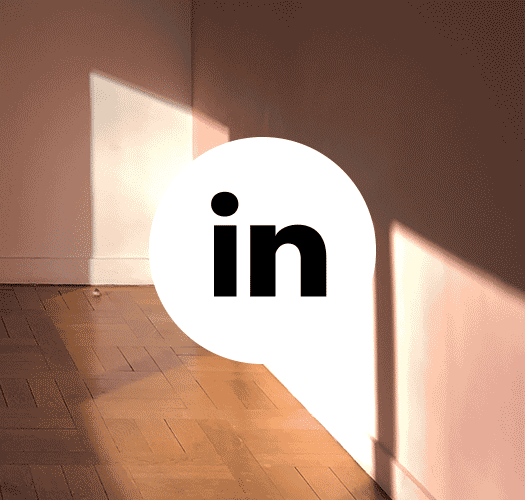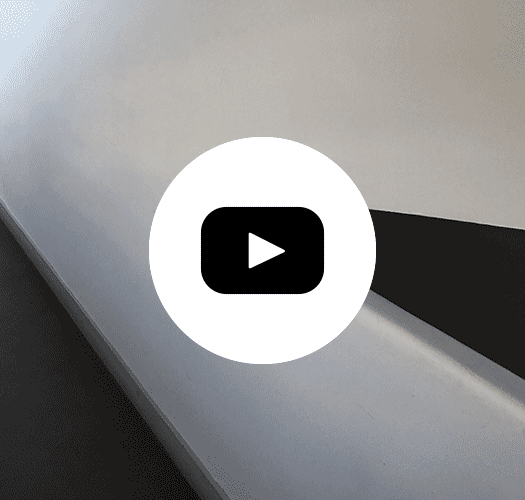Le Corbusier´s Fourth Dimension – Visual art from the "Workplace for patient research"
Le Corbusier is undoubtedly one of the most important architects of the 20th century, but architecture was not the sole passion of the great master: for over 40 years, he spent half of the day writing, drawing, painting and creating sculptures, every single day. In his "workplace for patient research", as he called it, he managed to incorporate his visual thinking process into his work as an architect.
Le Corbusier compared his artistic process with a journey into a "miraculous fourth dimension". The title also indicates a world beyond the established image of the influential and controversial architect and city builder because, although Le Corbusier’s architecture is usually seen as the very essence of rationalism and functionalism, it is often forgotten that free experiment and irrational elements were the basic components of his work.
With the current exhibition "Le Corbusier's Fourth Dimension", the Cobra Museum for Modern Art in Amstelveen / Amsterdam focuses on the multi-dimensionality of Le Corbusier – with original, and as yet unpublished, drawings, paintings, tapestries and objects.
We had the possibility to talk with the senior curator, Hilde de Bruijn, during an interview. "With the exhibition, Cobra wanted to look behind the established image of the influential architect. A lot of his drawings and other works are shown also to create more awareness of how informative his artistic work was to his architectural practice", explains the curator. His drawings and paintings also played an important role in the search for architectural forms and motifs. Another aspect of the exhibition addresses the timeline on which the artworks were created. Madame de Bruijn explains that, over time, Le Corbusier began working more freely and started experimenting with colour.
"With the exhibition, Cobra wanted to look behind the established image of the influential architect. A lot of his drawings and other works are shown also to create more awareness of how informative his artistic work was to his architectural practice".
– Hilde de Bruijn, Curator Cobra Museum voor Moderne Kunst –
Madame de Bruijn notes that the original works are on loan from the Fondation Le Corbusier and have been selected in close collaboration with Professor Danièle Pauly, who is a specialist of Le Corbusier's art. Another key role is played by the Danish contemporary artist Jakob Kolding, who creates an interaction between his life-size woodcut figures and the art of Le Corbusier with his collage installation "Corbulation". The installation brings together the different positions between the work of Le Corbusier, the Cobra artist and the perspective of Kolding. At the same time, the visitor becomes part of Kolding’s "performative scenography".
Four dimensions in line with the Architectural Polychromy
The Cobra Museum illustrates Le Corbusier's multidimensionality along four themes – four dimensions:
- architecture,
- plan and play,
- the human body,
- order versus chaos.
The walls of each theme, as well as the pedestals and the introductory wall, are painted in six selected original Le Corbusier colours of the collection from 1931.
"It feels like a closing circle to exhibit Le Corbusier´s artworks on his colours."
– Hilde de Bruijn –
Madame de Bruijn enjoys working with the Le Corbusier colours: "Both collections give you countless possibilities to combine colours. We were astounded to have chosen a colour scheme that not only ties in with the past, but is very contemporary too. It feels like a closing circle to exhibit his works of art on his colours." The curator explains that the colours of the Architectural Polychromy used add another dimension to the exhibition. "We wanted to choose colours that allow artworks to breathe and reflect. In addition, the colours should shine in their own nuances. We succeeded with wonderful colours. During the colour-finding process, we needed to find out if the colours were detrimental or supportive, and if there was enough contrast to the art." The colours also have a subconscious psychological effect on the viewer: the chosen tones have been arranged so that the visitor experiences the depth of the room. The way the colours affect the works of art is another key element of the exhibition.
The collage installation "Corbulation" by Jakob Kolding shows life-size woodcut figures, which are placed on pedestals in the exhibition rooms. The pedestals are painted in dark grey 32010 gris foncé.
Colour creates dimensions
Hilde de Bruijn is convinced that colour can create new dimensions and, in addition to human effects, in particular spatial effects. "Le Corbusier's colour system, the Architectural Polychromy, was born out of his creative work as an artist. I think that his art and creative work have not only influenced the actual colours, but also the theory itself. Le Corbusier believed that colour creates spatial effects. I am sure that the majority of architects, interior designers and trade fair designers will agree with him here."
The original Le Corbusier paints for the walls and pedestals of the exhibition were made available by Keim Nederland BV.
KEIMFARBEN is the official Les Couleurs® Le Corbusier license manufacturer for mineral wall and facade paints.
The exhibition "Le Corbusier's Fourth Dimension" can be seen until January 7, 2018 at the Cobra Museum of Modern Art in Amstelveen / Holland.
Photos ©Peter Tijhuis / Cobra Museum voor Moderne Kunst


